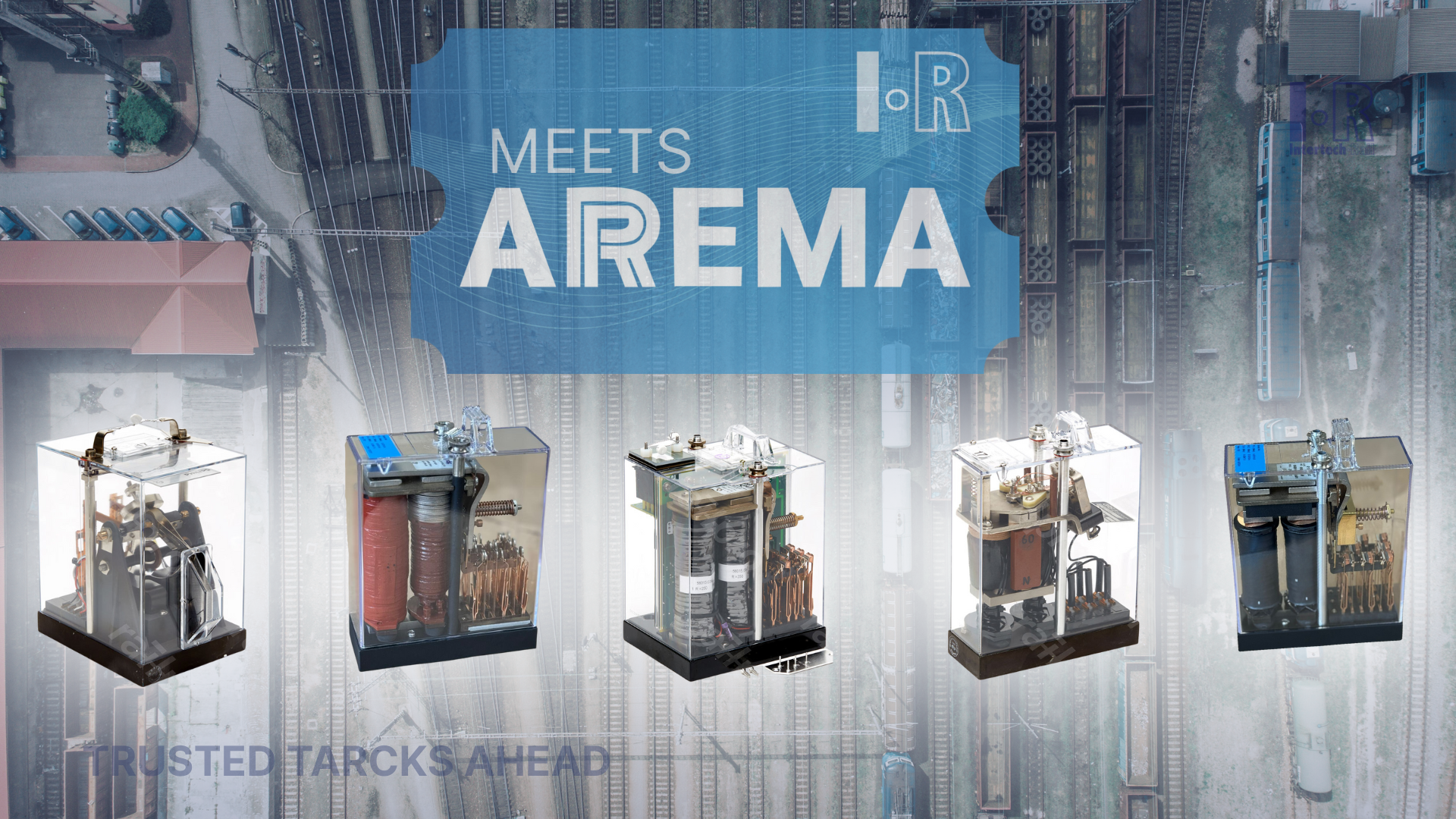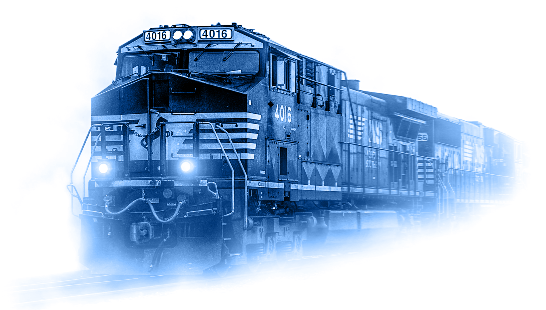Why We have so many gauges sizes in rail tracks around the world
Railways have been a crucial mode of transportation for centuries, and with the advancement in technology, the railway industry has evolved over the years. One of the most important aspects of railway technology is the gauge kind, which refers to the distance between the rails on a railway track. The history of gauge kinds in tracks in the railway industry is a long and complex one, marked by debates, innovations and compromises.
The Evolution of Railway Gauge Sizes: A Brief History
The early days of railways saw a wide variety of track gauges, ranging from 4 feet (1,219 mm) in the United States to 5 feet 6 inches (1,676 mm) in India. However, the need for standardization became apparent as rail networks grew, and in 1830, the first standard gauge railway was opened in England. The gauge chosen was 4 feet 8.5 inches (1,435 mm), and it soon became the most widely used gauge in the world.
The adoption of the standard gauge was not without its challenges, however. Many existing railways had already been built to a different gauge, and the cost of converting them to the standard gauge was often prohibitive. In the United States, for example, the Civil War delayed the adoption of the standard gauge until the 1880s, and even then, many railways continued to use different gauges.
Another challenge to the standard gauge came in the form of broader gauges, which were believed to be more stable and capable of carrying heavier loads. In Russia, for example, a broad gauge of 5 feet (1,524 mm) was adopted, and it became known as the Russian gauge. Other countries, such as Spain, Portugal, and Ireland, also adopted broad gauges, but they were largely confined to those countries.
Narrow Gauge to High-Speed Rail: The Changing Landscape of Railway Gauges
In the late 19th and early 20th centuries, a new type of gauge began to emerge – the narrow gauge. This type of gauge was used in areas where space was limited or where the terrain was difficult to navigate. Narrow gauge railways were typically less expensive to build and maintain than standard gauge railways, and they could often carry more weight per unit of track. Today, narrow gauge railways can still be found in many parts of the world, including the United States, Canada, and Australia.
In the mid-20th century, a new type of gauge began to gain popularity – the standard gauge high-speed rail. This type of gauge was designed to support trains that could travel at speeds of up to 300 km/h or more, and it required a more precise track gauge and alignment than traditional railways. Today, standard gauge high-speed rail is used in many countries, including China, Japan, France, and Spain.
The history of gauge kinds in tracks in the railway industry is a fascinating and complex one, marked by the evolution of technology, changing transportation needs, and debates over the best way to move people and goods. From the early days of railways to the present day, the choice of gauge has played a crucial role in the development of the railway industry, and it will continue to do so in the future.




1501 Venera ave Suite 320A Coral Gables, FL 33146
+55 11 985974011 (Brazil)
+1 614 302 1900 (USA)
Intertech Rail 2024 - All Rights Reserved





